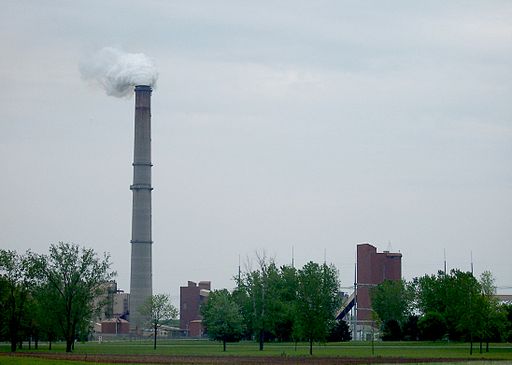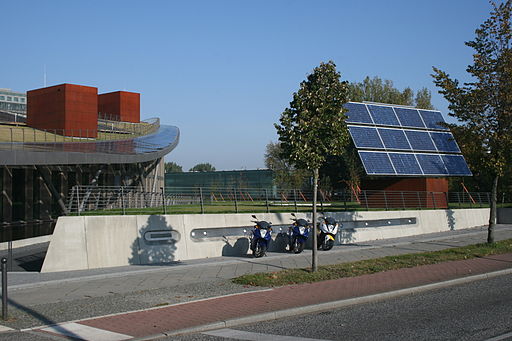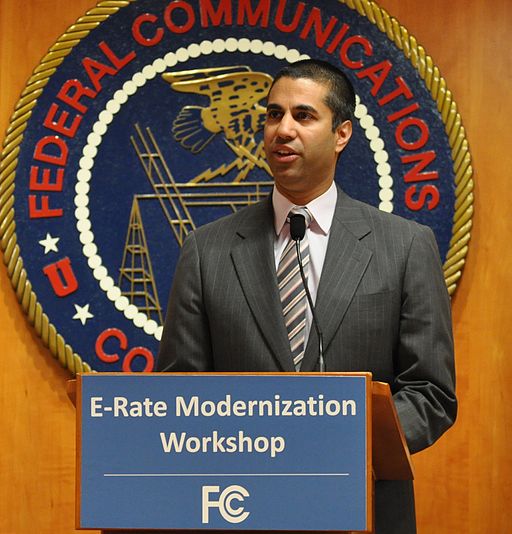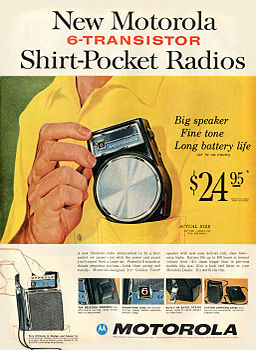Racing Ahead
Halfway in their race around the world, the characters portrayed by Jack Lemmon, Peter Falk, Tony Curtis, and Natalie Wood are marooned on a melting ice floe in the Bering Strait. Though certainly unintentional in 1965 when the film was made, there is some irony to their situation given the perspective of today’s warming climate.
As anyone can tell, electric cars all but disappeared until recently, as infrastructure and cost improved for gasoline engines in the early twentieth century, overtaking the electric option by 1920. The price of oil went down, giving a boost to the market for gasoline engines, while the crude state of battery technology limited the appeal of electric cars. Environmental impacts were not even a factor in the equation for most consumers or manufacturers until late in the twentieth century. Even then, the initial assessments of the impact of vehicular pollution was limited to local problems such as smog. It wasn’t until the last decades of the twentieth century that at first scientists, and then the public, looked at the larger impact of tailpipe emissions on the global climate.

The coal fired Kintigh Generating Station in Somerset, New York, in 2007; photo by Matthew D. Wilson.
Organizations like NASCAR and Formula One racing could do their part in flipping the switch by turning all or part of their circuits over to electric cars. Besides being a spectator sport, car racing has always served as a proving ground for manufacturers. The big racing organizations are still clinging to the old technology, which may be popular with fans who enjoy the noise and familiar smells produced by internal combustion engines, characteristics evocative by long association with high horsepower. To continue glorifying this outmoded technology means that well-known racing organizations have abandoned any meaningful proving ground aspect of their sport for the sake of pleasing the crowd with loud noise, fumes, and ludicrously low miles per gallon of fuel efficiency. Never mind tomorrow, they’re living for today, come what may.

Younicos Solar Filling Station at Solon SE Headquarters in Berlin, Germany in 2009; photo by Busso V. Bismarck.
― Techly



